Warehouses are a crucial component in logistics and supply chain management. In addition to providing storage for goods, materials, and inventory as they travel from production to distribution, warehouses play a vital role in protecting the condition of goods. Proper warehousing ensures the end user receives a quality product, which in turn reinforces customer satisfaction and protects the brand’s reputation. Here, we’ll discuss the many different types of warehouses available and what they offer to modern supply chain systems.
The type of warehouse you choose should meet the specific needs of your industry, business operations and product. Fortunately, there are a variety of different types of warehouses available:
Private warehouses are owned and operated by a single company and are not available for use by other businesses. They are usually used by retailers who own or rent out the warehouse for storage and nearby producers or wholesalers who will store or distribute their own inventory.
Examples of businesses: Larger retailers like Walmart or Amazon, manufacturers like General Motors and wholesalers such as Costco.
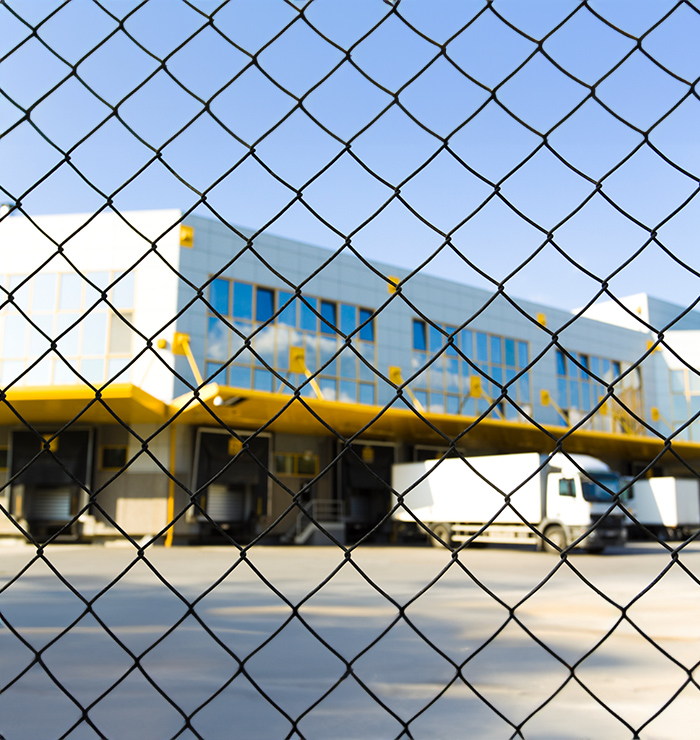
Bonded warehouses are regulated by customs authorities and used to store imported goods. Duties do not need to be paid on the goods until they are removed for sale or distribution.
Examples of businesses: Import/export businesses, international traders, customs brokers and companies dealing in high-value goods such as electronics or luxury items.
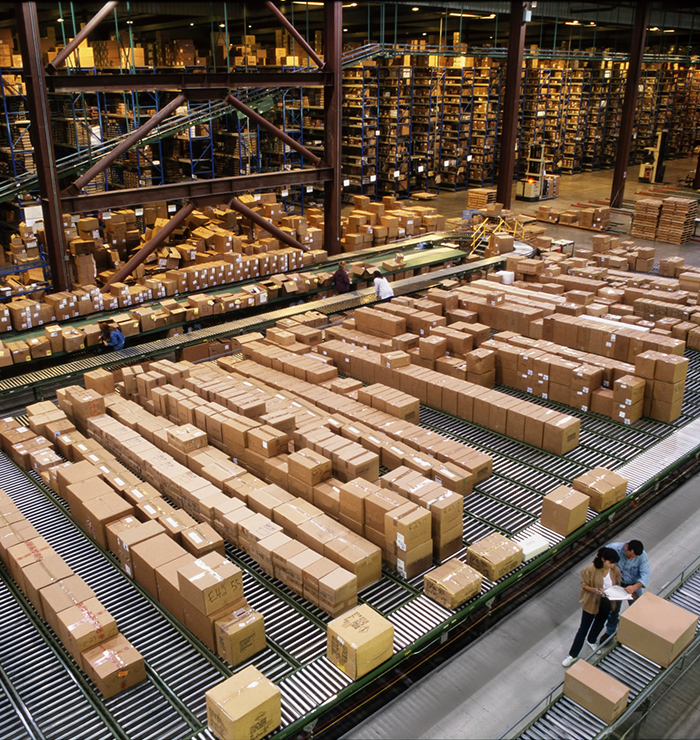
Public warehouses are operated by third-party logistics providers and are available for rent by multiple businesses. Space can be rented by square footage and fulfillment services are sometime offered for an additional fee.
Examples of businesses: Small- to medium-sized businesses, e-commerce companies, seasonal businesses and startups.
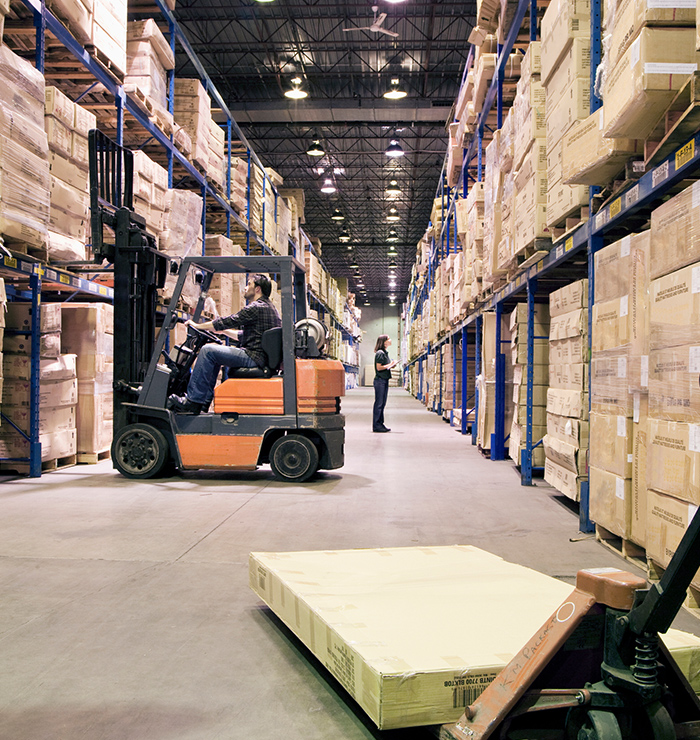
Automated warehouses are equipped with sophisticated technologies such as robotics, automated systems and advanced warehouse management software (WMS), to provide optimized storage and retrieval.
Examples of businesses: E-commerce giants like Amazon, large distribution centers and high-volume manufacturers such as automotive and electronic companies.
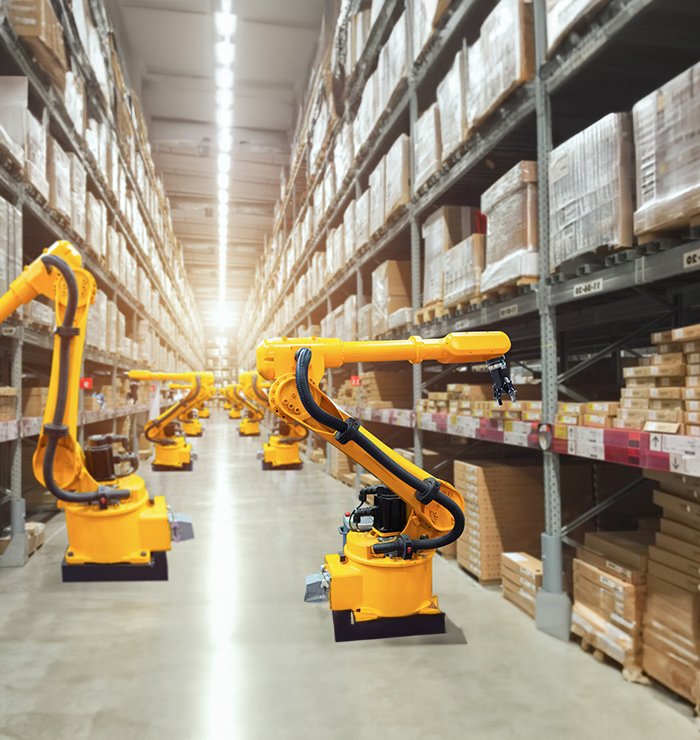
Cooperative warehouses are owned and operated by a group of companies, typically within the same industry. They share the space and resources to reduce costs and improve efficiency.
Examples of businesses: Agricultural cooperatives, small to medium enterprises in the same industry, and local producers and distributors.
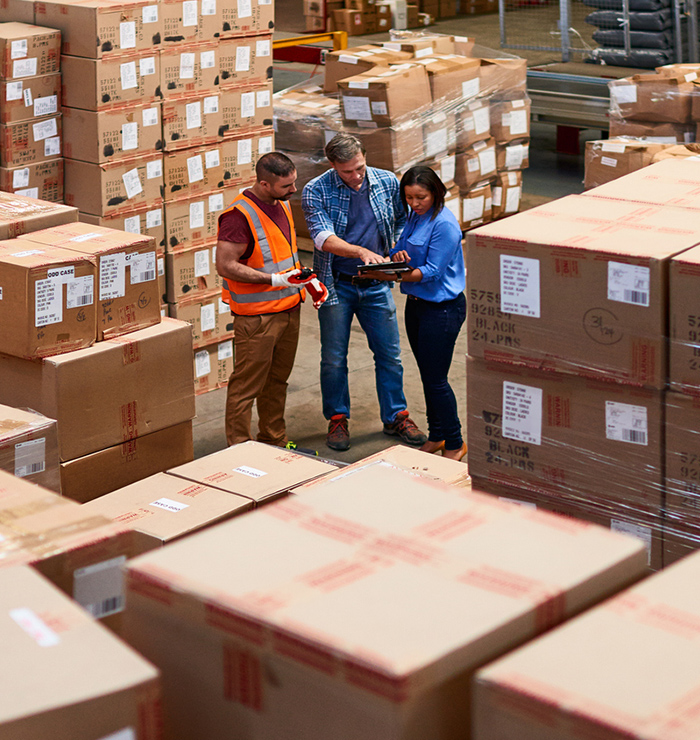
Cold storage warehouses are specifically designed to store perishable goods at controlled temperatures.
Examples of businesses: Food and beverage companies, pharmaceutical companies, agricultural businesses and chemical manufacturers.
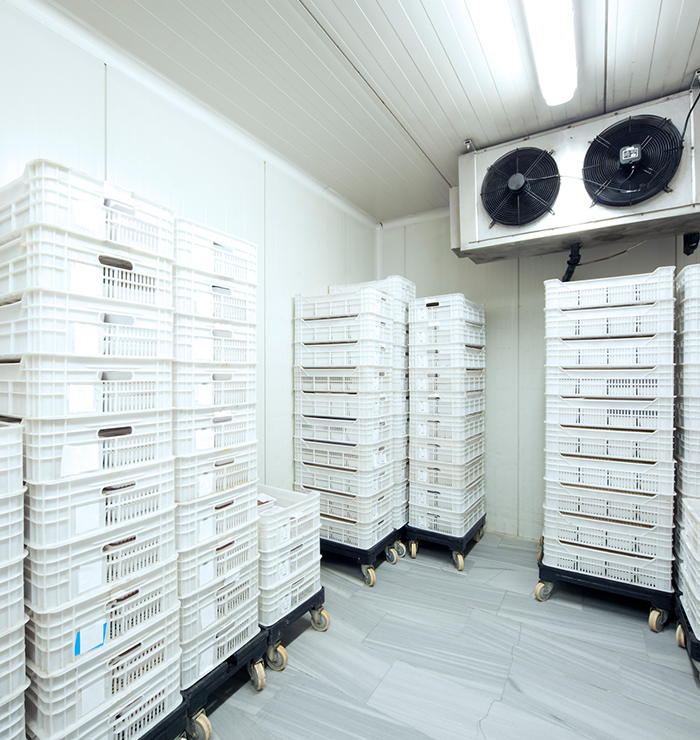
Smart warehouses use advanced technologies such as the Internet of Things (IoT), artificial intelligence (AI) and machine learning (ML) for real-time monitoring, predictive analytics and autonomous operations.
Examples of businesses: Tech-savvy businesses, large-scale logistics providers, e-commerce companies and businesses interested in leveraging data for operational improvements.

On-demand warehouses use digital platforms to match businesses with available storage space for flexible, scalable storage solutions.
Examples of businesses: Startups, small e-commerce businesses, businesses with seasonal or fluctuating storage needs and companies launching new products.

Distribution centers are specialized warehouses often located near transportation hubs to allow for faster distribution of goods.
Examples of businesses: Retail chains, e-commerce companies, wholesalers, logistics providers and companies with high-volume distribution needs.
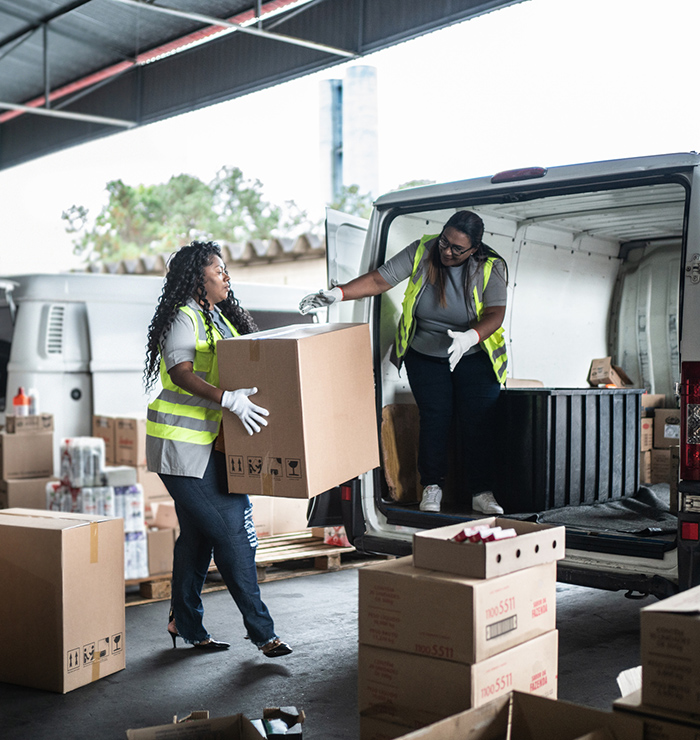
As you can see, each type of warehouse offers distinct advantages and caters to specific business needs, from private warehouses providing you with complete control and customization to on-demand warehouses offering flexible, scaling solutions. Selecting the correct type of warehouse will protect your product and help you maintain the integrity of your supply chain –– and your brand. By understanding the pros and cons of each option, you can make informed decisions that enhance efficiency, reduce costs and improve overall supply chain performance.
The following links provide more in-depth information on other supply chain topics:
Subscribe today and you’ll receive valuable supply chain insights from the top leaders in the industry that will help you do your job better, faster, and more efficiently. From industry news to insider tips and trends, Signals delivers a quick read on the latest information on supply chain management right to your inbox.
